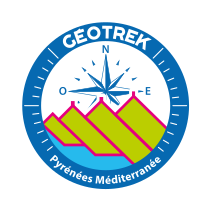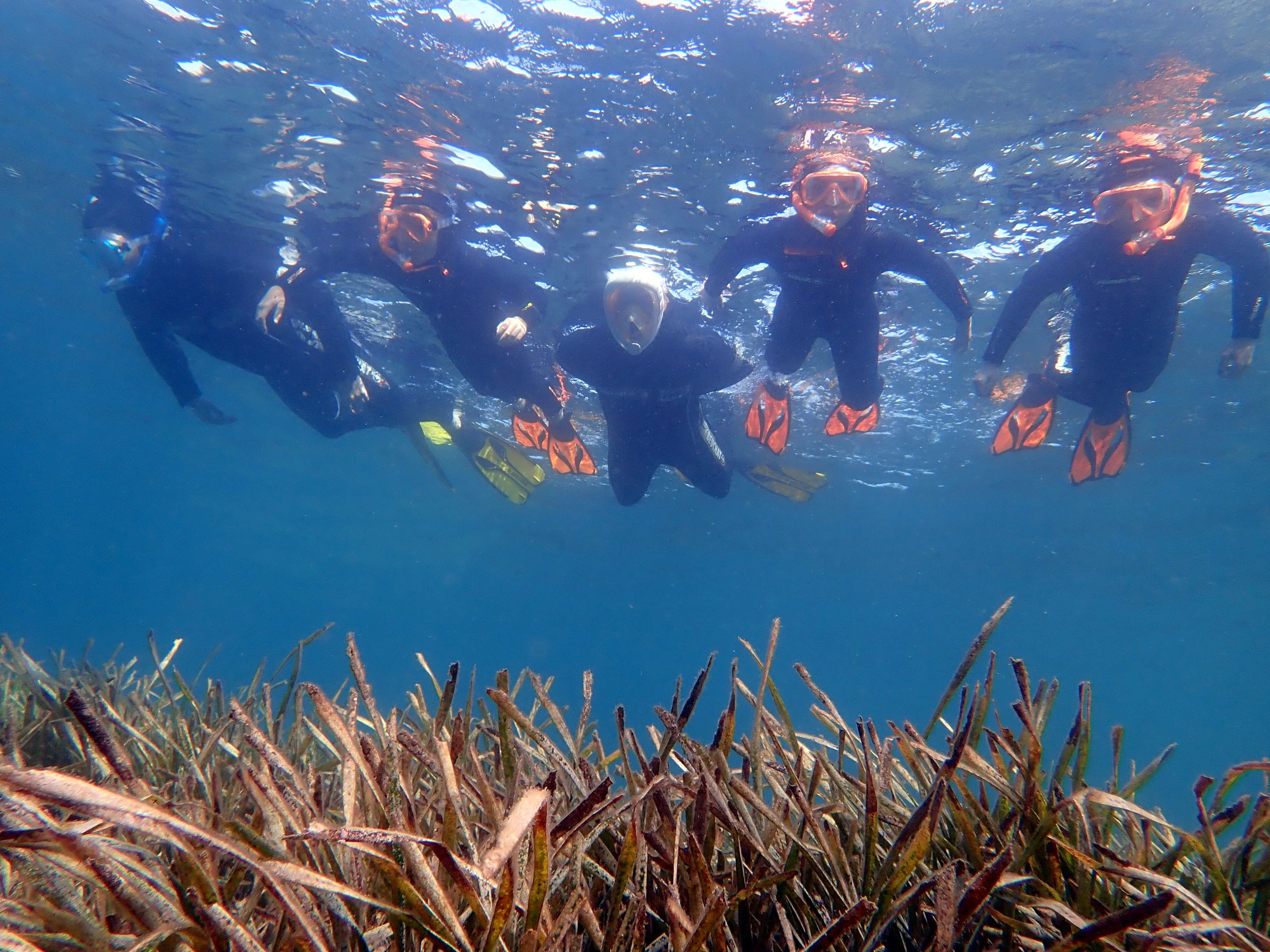
The uinderwater path
In a few meters of water, observe and explore the rocky bottoms to discover the beauty of the underwater life of the reserve
4 points of interest
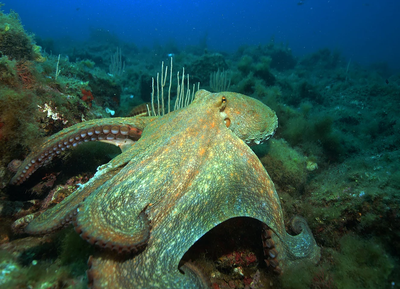
Poulpe - Aquablue Plongée  Fauna
FaunaThe Octopus
Often mistakenly described as a horrible and aggressive animal, the octopus has an amazing ability to blend into its surroundings. The brain of this camouflage master can analyze visual information thanks to its excellent eyesight. It has a strong capacity to adapt to specific situations by using its tentacles. Its suction cups are powerful, allowing it to manipulate objects and capture its prey. (F. Brun - Le Roussillon Sous-marin - Ed. GAP).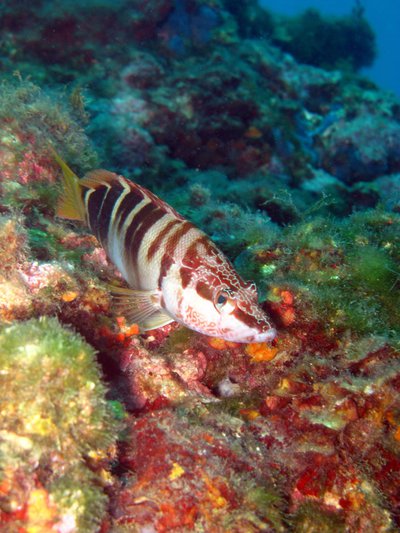
Serran écriture - Aquatile plongée  Fauna
FaunaThe serran
This solitary species defends its territory against its own kind. To recognize it, simply look at its flanks, marked with dark vertical bands. Measuring around 30 cm, the serran hunts by ambush near the surface. It feeds on small fish, crustaceans, and mollusks. It has become quite common in the waters of the Mediterranean. A rather curious species, it is possible for it to approach divers.

Castagnole - Aquatile plongée  Fauna
FaunaThe castagnole
The castagnole, also known as the damselfish or swallow due to its oval shape and forked tail, is a small fish found in the Mediterranean. It can grow up to 12 cm in length as an adult. When young, it has a vibrant electric blue color, which later turns black. It lives in schools above rocky bottoms, between the surface and 50 cm deep. It can also be found in crevices of rocky drop-offs. This very common fish is easy to spot during dives.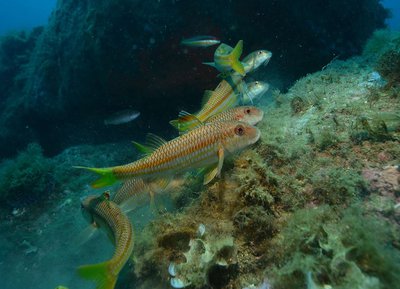
Rouget - Aquatile plongée  Fauna
FaunaRed mullet
Living in small groups or pairs, the rouget inhabits sandy and gravelly seabeds near seagrass meadows (posidonia) and rocks. It camouflages itself quite effectively with its sandy-brown striped coloration to avoid predators. With its two barbels, it leaves very visible traces on the seabed as it stirs up the sediment. It searches for small worms and crustaceans to feed on. Follow its tracks!
Description
Created in 2011, the Peyrefite underwater path is located north of the bay, in an area well sheltered from the wind "la tramontane". It can be visited while swimming with a mask, a snorkel and fins. The route is a recreational and original walk but it is also an educational space. The route is marked and bounded by a water line. There are five observation stations representing five different ecosystems (pebbles, Posidonia meadows, boulders, faults and drop offs). They are materialized by a buoy and an information panel each time. The buoys allow you to rest and help you discover the local underwater world thanks to the immersed explanatory panels. Renting an FM snorkel allows you to listen to comments on underwater life. It is also an option to enjoy this aquatic stroll. Visiting the underwater path is more than just swimming, it is an aquatic hike. You need a minimum of physical condition to complete the entire course (500 meters round trip for 30 minutes to 1 hour of exploration) and you must know how to swim. The course is supervised and safe by lifeguards during opening hours, but you have to be careful. The course is located in the reserve, at the limit of the integral protection zone. The frequentation of the site is significant (20,000 people per year). We must be attentive to the recommendations so as not to frighten the exceptional fauna of the reserve. Respect for the instructions is essential to preserve this place. Pay attention to the color flag (green, orange or red) if you want to enjoy your snorkeling hike.
For more information, do not hesitate to visit the website:
https://www.ledepartement66.fr/dossier/la-reserve-marine-de-cerbere-banyuls/
- Departure : Beach of Peyrefite
- Arrival : Beach of Peyrefite
- Towns crossed : BANYULS SUR MER and CERBERE
